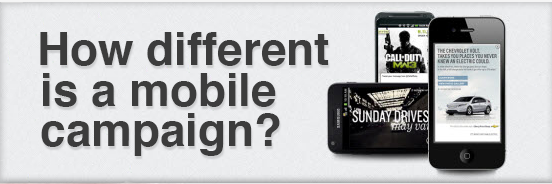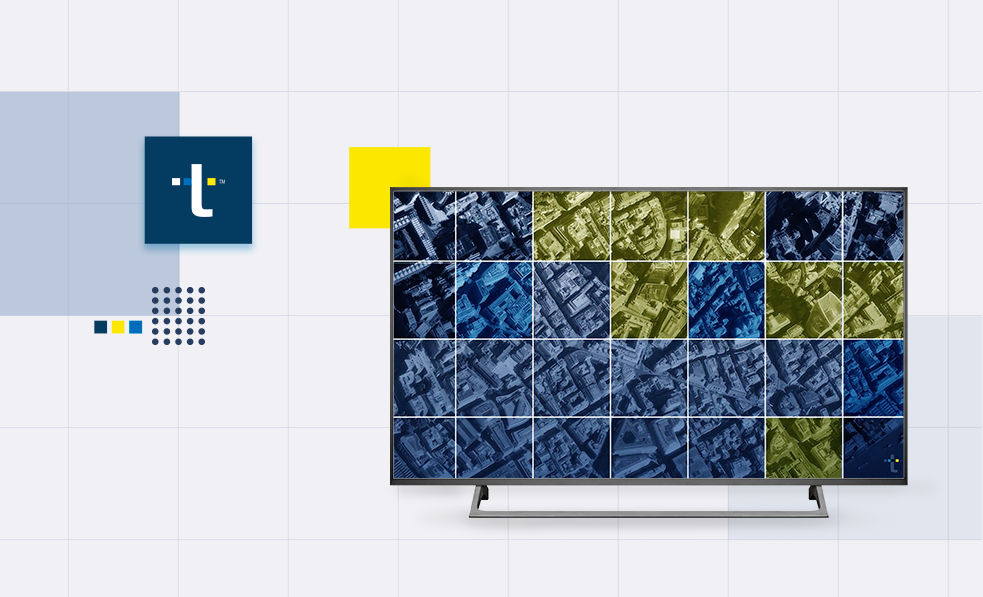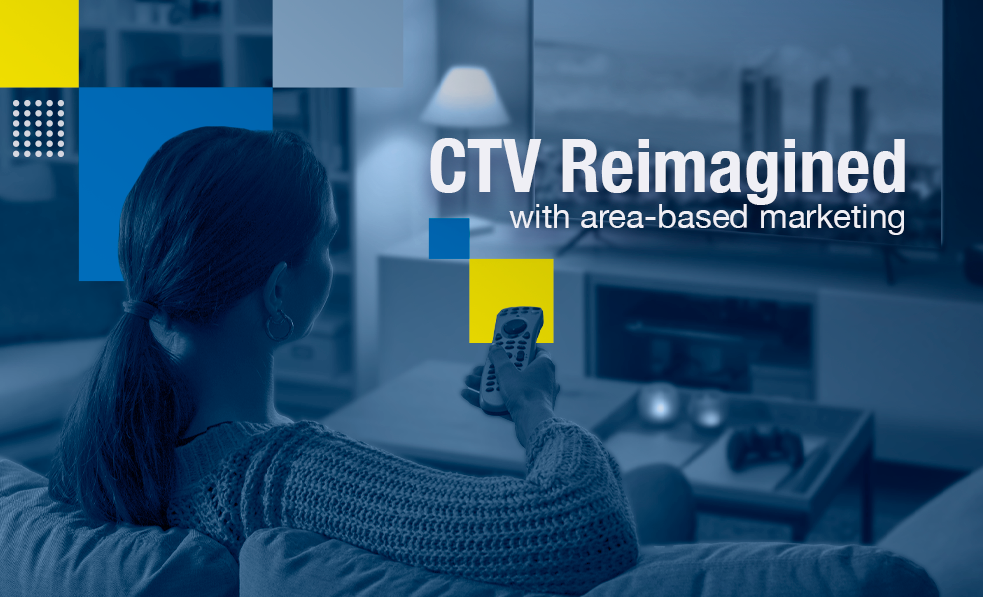The day has arrived. What seemed to be so far away is already around the corner and it’s approaching as fast as the progress bar fills up while you open the message that will explain the characteristics of your first mobile advertising campaign.
“There shouldn’t be any problems,” you may think as you read the subject of the email, “some of my colleagues have already gone through this, this type of campaign is becoming increasingly common and I was going to have to do it sooner or later.”
It seems exactly the same as always except that, this time, “the brand wants to appear on mobile devices”. “Since the screen is smaller, formats will logically change… deep down, it should be the same thing… ads are displayed on the internet so this campaign shouldn’t be too different from the hundreds of online campaigns I’ve already managed”. Well, it isn’t that simple but it’s not difficult either. In my first blog post, I’ll quickly summarize what you need to take into account before you manage your first mobile campaign.
The online advertising market, being so connected to technology, is constantly evolving. In comparison to other media (paper, television, etc.), online campaign managers need to keep up to date all the time: new legislation, privacy, operating systems, screen resolutions, etc. These conditioning factors are even more variable in the mobile word: a new device comes out every few days, with a different screen, there are operating system updates, Android phones, iPhones, tablets, smartphones, native applications, websites adapted for mobile browsing, new standards, segmentation, etc.
As technical staff at TAPTAP, we have an obligation to keep an eye out for all these changes and improve our advertising platform Sonata, to offer “the latest” to our customers. Let’s go over how mobile technology changes the traditional stage of online campaigns:
- Engagement with the brand: on a mobile phone, with a smaller screen, it’s impossible for a user not to see an ad. Several sources verify this.
- Mobile phones are the new PCs: si If "PC" is an acronym for “Personal Computer” and we all share the PC we use at home, how personal is our mobile phone?.
- Formats: advertising formats change in mobile devices. It’s not only a matter of sizing and positioning, it’s also a change in the creation of pieces. There’s no longer flash in mobile devices and this may inconvenience many. Fortunately, HTML5 has arrived to substitute that “heavy”, archaic format, and even improves on many of its aspects. Furthermore, in order to make our lives easier, IAB has standardized the development of rich-media advertising pieces in native applications through the MRAID standard.
- Design of pieces: in addition to technical characteristics, the design of an advertising piece and its destination microsite have to comply with the characteristics of the user experience in a mobile environment: “micromoments” and a “mobile tactile experience”. Very extensive advertising content is useless if users are going to consume it within the short time it takes them to go up the escalators on the subway. Very small buttons or text will not work out either. We need to forget about clicking as a means of interaction. We now have tapping, swiping, etc. And why shouldn’t we use the phone’s accelerometer to make the piece change when the device is tilted? What if we want users to set a reminder in their calendars to make a call and participate in a promotion? Mobile phones provide new opportunities regarding piece design and interaction with the brand.
- Actions: There are changes in the technology behind formats but this technology also allows for changes in the opportunities we have while creating the campaign. Whereas we used to advertise the premiere of a film, we can now look for people to purchase their tickets at that very moment, showing the distance away from the theater (measured through GPS). Also, if the mobile device allows people to make phone calls, why shouldn’t we launch a click-to-call campaign? What if we provide added value to a television campaign by making it interact with a complementary Second Screen campaign? In the same fashion, we can do the same with campaigns in the written press or through signs with augmented reality. This and much more is already possible with mobile media.
- Segmentation: improving ROI in mobile devices is simple since it offers better segmentation capabilities than online desktop computers. In the end it’s all about showing ads to the people who are most likely to be interested in them. In addition to traditional targeting used by traditional online media, we can use segmentation by time, IP, section and media. On mobile media, we have GPS (we can create a campaign around specific retail outlets) and we know with greater certainty that the targeting we do for users of these devices corresponds to a single user as the devices are not shared. We thus arrive at the conclusion that, if advertising contents are appropriate for users, new mobile advertising platforms such as TAPTAP’s use Big Data processing to improve matching.
In my upcoming blog entries, I’ll delve deeper into each of these aspects and some more in an attempt to provide clarification and, especially, “take away the fear” of the technologies that support the mobile advertising ecosystem.
Welcome to this wonderful world.

















